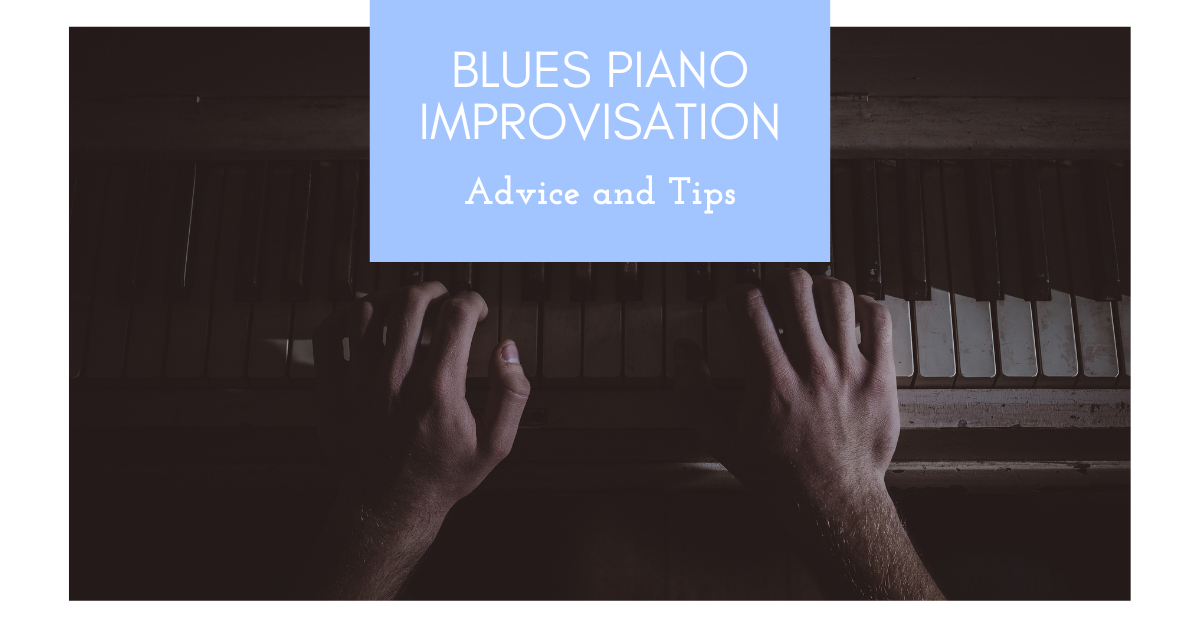How To Improvise Over The Blues - Advice and Tips

Yes, you can learn how to improvise over the blues - even if you're a beginner! Blues piano improvisation is an essential skill for a blues piano player. One simple form and yet the blues is played in jazz, rock, pop, country, and, well... the blues. We're not gonna talk a lot of theory here. Instead we're gonna offer some practical advice and tips to help you focus on some essential blues piano improvisation practice.
Read the article: Exciting, Must-Know Blues Piano Riff - Elevated Playing!
Blues Piano Improvisation - The Blues Scale
Ok, ok - one scale, then no more theory. You've probably heard us say this many times before. You MUST learn and be able to play the blues scale if you're going to be a blues piano player. The pentatonic scale is also a must-know scale. It's such an essential tool of blues playing that you HAVE to learn it. Even though we've devoted lots of time on the site to the blues scale, for obvious reasons it needed to be included on this list.

Blues Piano Improvisation - Licks
Licks are an excellent starting point for improvisation. They give you a specific thing that you can play to help get your creative juices flowing or help you in the event of brain-freeze in the middle of a solo. We suggest you have a handful of licks (at least 5) that you have down cold. Also, be able to play them in at least 3 different keys.
Here's a freebie to help get you started. This one works great in a driving blues or funky-rock setting (although you can use blues licks almost anywhere):

Blues Piano Improvisation - Transcribing
Most students are very nervous about transcribing. They think it is too advanced a skill for their ability level, too difficult for them, or too time-consuming. And for these reasons they never get started. That's too bad, because transcription is NOT too advanced for any musician and is INCREDIBLY helpful. Here are some things to keep in mind:
- You don't have to transcribe entire solos. Just figuring out a lick or two from your favorite solo is worth gold.
- You don't have to do it all by ear. Sometimes having a lead sheet to show you the changes helps you figure things out more quickly.
- The value of the skill is the ear-training. The more of it you do, the better you will be at listening to nuances in the music. And this will help you when playing with other players.
- Be able to play what you transcribe. Don't just write it down - play along with the recording! (hey, that's the fun part anyway).
Blues Piano Improvisation - Check Out THIS SOLO!
Listening to all kinds of blues solos is invaluable. When the pros give masterclasses, they always offer this advice: "Listen to the music." That seems obvious, but critical listening means listening like a musician. Asking yourself while listening, "what's the meter? tempo? key signature or tonality? form? chords? what scale is he/she playing? what's that lick?" And then finding the answer at the piano.
Have you heard Don Grolnick's solo on James Taylor's tune "Steamroller Blues"? Oh man! Simple and effective right before a blistering guitar solo (begins at the 2:10 mark).